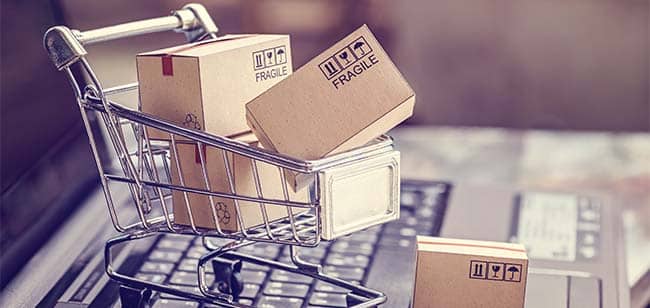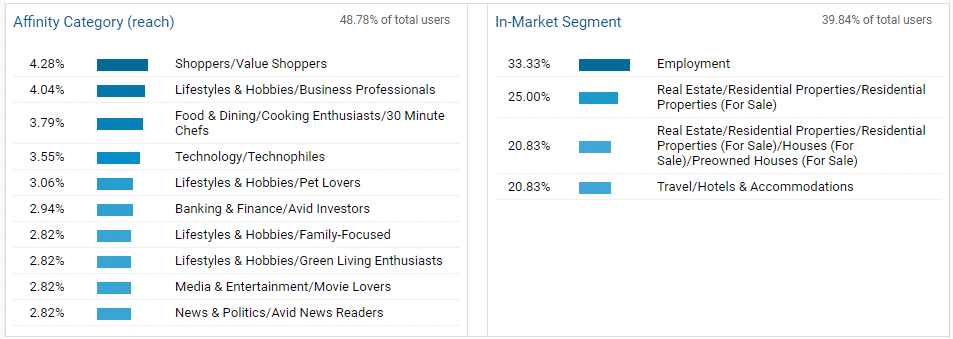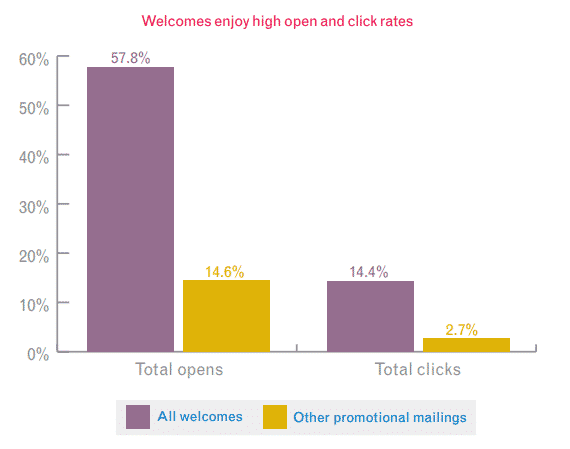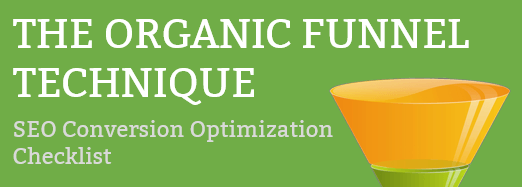
The secret to having a successful e-commerce business is all in the numbers. I know, I’ve been helping businesses like Outback and online retailers figure out their e-commerce cart funnels for over 20 years.
The number of sales, conversion rates, the average order value, the number of returning buyers, the number of people adding to the cart, the return on ad spend, and so on. As long as you have a great product, it’s all about how you can improve your numbers to increase sales and profitability.
The problem with e-commerce is if you don’t know these metrics, you don’t know how to make improvements to increase sales, and sometimes, getting these metrics can be pretty hard.
Everything you do online is going to impact your sales metrics. When the average global cart abandon rate hovers around 80%, you have to get pretty smart about where you place your efforts to increase sales.
Decreasing cart abandonment and increasing repeat customer purchases (upsells) are going to be the two biggest things any e-commerce team should focus on.
The Key to Higher E-commerce Conversion Rates and Sales
When a customer checks out on your website, usually the only thing you know about them is what they ordered and their name and address. That’s it.
That’s not much to go on. It’s even worse if they abandon their cart, you may only know their email address.
You also can’t depend on Google to give you any real insight about people either. This data from Google Analytics is almost useless.

You can increase sales immediately by using cart abandonment outreach tactics, and even higher if you actually know something about exactly who it is that abandoned.
According to InboxArmy, 75% of people leave your cart with the intent to return. But they will forget. People are easily distracted. You have to remind them.
Additionally, many online shoppers are also becoming conditioned to receive an email offering an incentive to checkout. It is sad that this is what we have to do, but it is becoming an expected norm now by shoppers because so many e-commerce sites do it. You don’t have to offer them one of course, but you at least need to be creative when you engage with them.
But engaging well means you need to know who your customer is beyond just their name and address. What can you know? Plenty.
There are several services, like Infutor, which can give you any number of characteristics about them. Such as:
- Education level
- Income level
- Language spoken
- Type of house and how long they lived there
- Type of car they drive
- Type of neighborhood they live in
- Their other emails addresses they use
Upselling By Segmenting Into The Best Groups that Convert
Upselling existing, segmented customers should be the other tactic you are optimizing. Using demographic data from services like Lumentis, you can enhance your customer data and drive some pretty fancy marketing automation that drives people back for repeat purchases so you can make money in your sleep.
Think about it, they have already bought from you before. You don’t have to sell them again on how awesome your products are. You just need to bring them back again and again.
When you use a well-designed and user segmented email with past customers, it can basically double your sale from that customer.
If you figure out which segment they exist in and when the common buying cycle is in that customer segment for a second or third purchase, then you have the best time to send them a new email inviting them back again.
That’s a pretty simple way of boosting sales and making happy customers.
What Customer Segments Should I Create?
First, enhance your existing customer data so that you can create segments of buyers. Without segmenting your buyers, you are just dumping them all in the same bucket and missing out on sales.
Remember, we want to grow our numbers!
So some profiles you should create with your newly acquired enhanced customer data could look like these.
- Repeat buyers – buyers who have purchased more than once
- VIP buyers – buyers who have also shared your products on social media or from email campaigns
- Low Engaged Buyers – buyers who come straight in without looking at much and only make a single purchase
- Non-buyer personas – those which you can at least capture a little bit of info but never buy (this is useful to know so you can avoid ad spends to this audience if it is unique enough)
- Economic profiles – do your buyers fit into certain economic income thresholds?
- Ethnicity profiles – do different ethnic groups have different buying habits?
- Family profiles – buyers with families tend to have different motivations than singles. You need to segment them out.
- Educational profiles – do your buyers tend to have a certain level of education? You may find different buying rates and incentive programs help with different groups.
Of course, there are many more, but this is to get the ideas flowing. You should know what these segments’ buying behaviors are so you can create the right language to get them to come back and buy a second and third time.
What Marketing Automation Should You Setup for E-commerce
This isn’t meant to be an exhaustive list, but the basic things you should do when you have enhanced your customer and abandoned profiles.
You should create unique marketing automation for each of your profiles for each of these e-commerce automations.
- Abandon for New Visitors within 1.5 – 3 Hours
- Abandon for Returning Visitors. This would include even if they added nothing to the cart.
- Welcome email for new purchasers can be used to gain even more information by sending them to a survey or a follow-up form.
- An Also Bought campaign for visitors in the same segment
- Ask for Product Reviews from Buyers
- Social media (Facebook) custom audience ad campaign for cart abandons.
In fact, an Experian study showed that welcome emails received nearly 4 times as many opens and 5 times as many clicks as regular promotional emails.

Conclusion
As we all know, e-commerce is seriously taking off and the younger audience is totally embracing it. It’s what they know.
In-store visits are dropping in favor of online, especially during peak shopping seasons.
Setting up an e-commerce website is becoming a lot simpler with products like Shopify, Woocommerce, Magento and BigCommerce. This means more competition for everyone.
So while you’re following advice on using Instagram and Pinterest from Neil Patel, consider how getting to know your customers will give you a competitive advantage over all of those other stores also in your space.
Odds are they are struggling like you are and leveraging simple data points can give you the edge you need to drive more sales to win your space.

